All about liquid biohumus
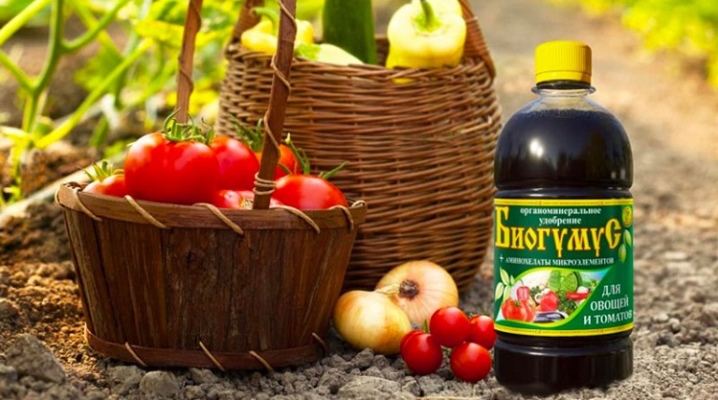
Gardeners of all levels sooner or later face depletion of the soil on the site. This is an absolutely normal process even for fertile lands, because a high-quality crop takes away its properties from the soil. For this reason, experienced gardeners regularly feed the soil, filling it with nutrients. The composition of the soil improves if fertilizers are applied correctly, the plants become stronger, the yield increases, the immunity of the flora increases.
It is very important to correctly combine mineral and organic feeding. Their purpose is completely different, they are not interchangeable. Among organics, the most demanded remedy is liquid biohumus. It saturates the soil with microorganisms necessary for the normal development of plants. In fact, it is compost that significantly increases fertility. It is necessary to use this remedy correctly in order to maximize the benefits for the site and the crop.
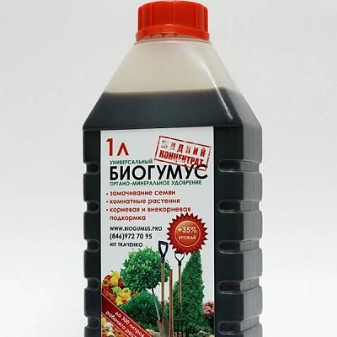
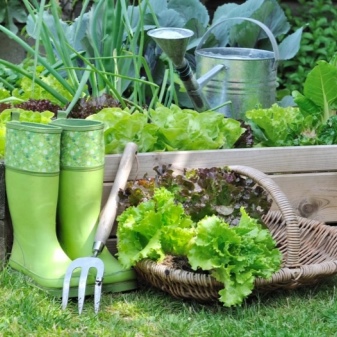
What is it needed for?
Liquid vermicompost is an organic product that can make plants stronger; it speeds up their growth, speeds up synthesis and metabolism. Accordingly, the decorativeness of crops of different types, the quality and quantity of the harvest are improved. In addition to these tasks, another task is set for fertilization - increasing resistance to diseases and parasites. Antimicrobial properties make it possible to hope that representatives of the flora will get sick less often. Among the useful characteristics of vermicompost, experts distinguish the following:
- structuring, soil rehabilitation, increasing fertile qualities, leveling the development of the pathogenic environment;
- stimulation of flora in a soil poor in composition to growth, development, splitting and assimilation of minerals that are either inaccessible to the roots or are in a state that is inconvenient for the system;
- increased immunity to diseases, in particular resistance to powdery mildew, all types of rot, ascochitosis grows at times;
- excellent resistance to the effects of parasites, pests of various types, as well as resistance to various negative influences of the external environment;
- assistance in seed germination, the processes are faster and more active, the same can be said about the rooting of seedlings and the effect on seedlings;
- has a beneficial effect on flowering: period, quality, decorative effect of this process;
- helps houseplants to take root better;
- enables fruits to form and ripen much faster, not only the quantity but also the quality of the crop grows - juiciness, full of vitamins, useful substances;
- absolute safety from the point of view of chemistry does not harm the representatives of home and garden flora, moreover, the content of nitrates and other toxic substances is reduced.
A huge plus of this type of fertilizer is that it acts quickly, literally right after the feeding procedure. At the same time, the beneficial effect continues for a very long time, for years.
Another advantage is the absence of harmful elements in the composition, which makes it possible to use vermicompost all year round on any soil.
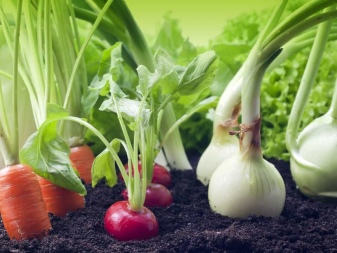

Composition
Industrial vermicompost is the most concentrated fertilizer option. In fact, it is an extract, consisting of many useful elements. The universal concentrate is produced in different forms:
- liquid;
- pasty;
- dry.
The most common and demanded is a liquid composition, which is prepared with the addition of water. Consumption of this form is more economical and convenient.If we talk about a dry concentrate, then in this form it looks like a crumbly soil.
In addition to processed organic matter, biohumus consists of the following substances:
- phosphorus;
- calcium;
- nitrogen;
- potassium;
- humic acids;
- phytohormones;
- vitamins, amino acids;
- small doses of various elements are present: iron, boron, zinc, copper and others.
Easily digestible top dressing with such a composition contributes to the formation of the most suitable level of soil acidity.
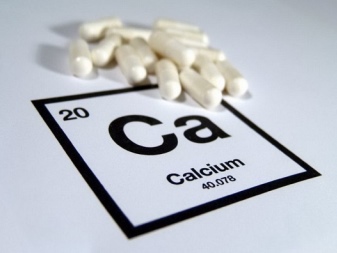
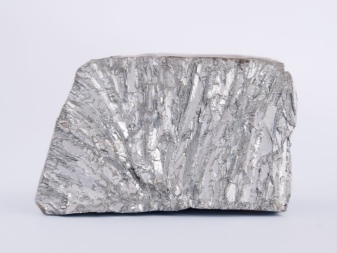
Instructions for use
It is necessary to apply fertilizer according to the instructions, observing all the rules. If it is illiterate to use humus in the garden, you can neutralize all the benefits of its composition. The theoretical rules for using top dressing in the open field and in greenhouse-home conditions differ from each other, practical experience confirms that you need to use fertilizer carefully.
The general algorithm of use for the preparation of seed material for planting in different types of closed ground is as follows:
- dilute the concentrate with water immediately before the disembarkation procedure;
- use in this way - for 1 kg of seeds ½ liter of solution;
- it is necessary to dilute the material with water as follows - 100 g of humus per 2 liters of water.
To feed the soil for seedlings, spray the foliage and stems, and process the flora during the development period, a diluted concentrate is also used:
- when planting seedlings in the soil, the solution is made from 4 g of humus and 2 liters of water;
- for irrigation, top dressing, the solution is prepared from 10 g of fertilizer and 2 liters of water.
During planting in open soil, it is worth following the following parameters:
- strawberries - 150 ml for 1 pit;
- berries of other varieties - 1 kg per hole;
- vegetables - 200 g per plant;
- garlic, onion - ½ liter of solution per 1 sq. m. beds.
It is very important to prepare the correct composition, but not enough - you also need to apply it correctly. For seedlings, berries, vegetables, fruit and ornamental trees, currants, raspberries, house plants and flowers, it is necessary to take into account the characteristics of each plant.
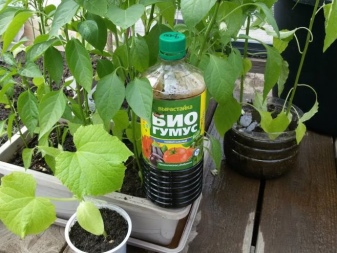
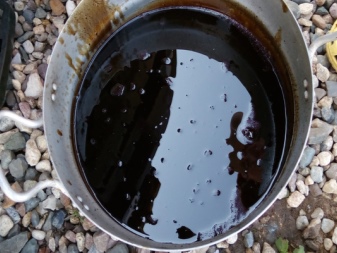
For seedlings
Seedlings need humus, since they contain fulvic acid. It, in turn, is necessary for cleansing from toxins, enhancing the immunity of a young plant. Thanks to this top dressing, the seedlings become stronger, the germination rate increases. It is important to consider the type of seed when soaking in solution:
- legumes take 6 hours;
- vegetables, melon are soaked for 24 hours;
- lettuce, radishes are soaked for 10-12 hours;
- it is enough to hold potato planting material in the solution for 30 minutes immediately before planting.
It should be noted that the fertilizer begins to act immediately, but the process reaches its maximum efficiency after a specified period of time.

For indoor plants, flowers
Household plants need feeding in the same way as garden plants, the positive effect of vermicompost is noted by all lovers of home greenhouses. Indoor conditions for any vegetation are abnormal, so the lack of nutrients and nutrients is felt most strongly. The soil in the pots cakes, quickly depletes, which can be corrected by the timely introduction of a fermented-vitamin composition. The instructions for using vermicompost for indoor flora contain several important rules.
- When growing flowering plants, it is necessary to dilute the soil mixture with humus in an amount from 1/10 to?. This is enough for active flowering and health.
- Prepare the enriched soil for planting and transplanting as follows: combine 2 kg of soil mixture suitable for the plant with 2 glasses of fertilizer.
- You can use top dressing in liquid and dry form - this will not affect in any way the provision of a supply of nutrients and trace elements. Dry humus is used in the amount of 2 tablespoons per feeding.
- Fertilize the soil regularly, no more than once every 2 months and no less than once a quarter.
- A liquid solution for regular feeding is prepared as follows: a glass of humus is combined with water in an amount of 5 liters. The infusion is kept in a warm place for 24 hours.It will already contain all the necessary elements to ensure the growth and development of healthy flowers.
- Do not throw away the sediment of the solution - it is also useful and can be used for feeding.
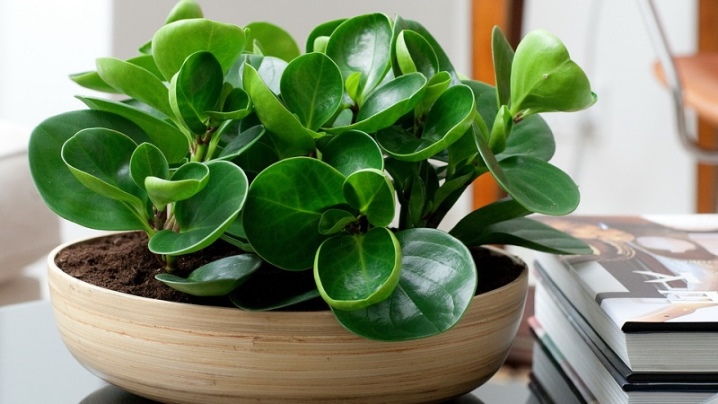
For roses
Roses are flowers that are unique in terms of decorativeness and require special treatment and attention. They regularly need nutrition with various enzymes, potassium, phosphorus, nitrogen, vitamins. That is why the best type of fertilizer for this plant is compost and vermicompost. In liquid form, the solution is necessary for the development of the root system. Spraying is done after sunset, it is advisable to choose a calm day.
Such events contribute to lush abundant flowering, a bright juicy shade, and quick budding. There are special humus for roses, which can be purchased at specialized retail outlets. The extract is diluted in this way: 10 ml is poured into a liter of water, mixed, after which spraying is performed immediately.

For vegetables, shrubs and fruit trees
Different crops require a different approach and a quality fertilization process. It is necessary to observe the dosage and methods of using the drug:
- vegetables are fertilized once a week, with a composition of water and concentrate in proportions of 100 to 1;
- berries, including strawberries - 200 to 1 time per week;
- grapes - 40 to 1, every 2 weeks;
- fruit trees, for example, plum, peach, pear, apple, are sprayed 3 times a month for the entire period from leaf formation to fruit removal;
- for the root system of trees of any type, fertilizing is used twice a month in the amount of 4 liters per 2 sq. m .;
- lettuce, onions, garlic - 40 to 1 weekly;
- all types of root crops, potatoes, cabbage, melon, eggplant should not be overfed - 1000 to 1 and two dressings per month are enough.
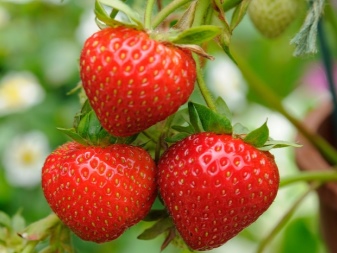

Security measures
It is important to apply any fertilizers in the correct proportions, not only in order to provide the right amount of substances, but also to avoid overdose. Vermicompost in liquid form does not contain chemical, toxic, poisonous compounds, therefore it is harmless to human health. There are no special security measures here, but there are some recommendations:
- humus can get on the mucous membranes, and theoretically into the stomach, so it is important to wear mittens and gloves for work;
- the substance can enter the body through wounds, scratches, skin cracks - to avoid this, wash yourself thoroughly and wash your hands after finishing work;
- since liquid vermicompost is packaged in special bottles, precautions from the point of view of fire hazardous situations are unnecessary.
If something goes wrong, and the solution gets on the mucous membrane of the eye, on the wound, be sure to immediately rinse this area. Don't spare running water. If the concentrate enters the stomach, use a solution of potassium permanganate for washing.


How to store it correctly?
The shelf life of vermicompost is long enough, but it should be stored correctly:
- packaged fertilizer is stored not warm, in a place protected from the sun;
- do not allow high humidity, dampness in the rooms where the dressing is located;
- remember that direct sunlight harms vermicompost in any form;
- the packaging must remain intact and safe, this is especially important where there is access to rodents and insects;
- the best place for storage is a ventilated warm room, where an even temperature is maintained without drops;
- theoretically, when freezing, the properties of the concentrate are preserved, but it is advisable to avoid low temperatures, since a partial loss of nutrients will still occur;
- the expiration date can be seen on the packaging, usually 1 year and 6 months.
In the next video you will find a presentation of the line of liquid vermicompost from the BIOERA company.













The comment was sent successfully.